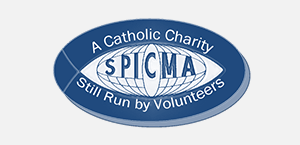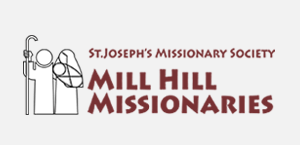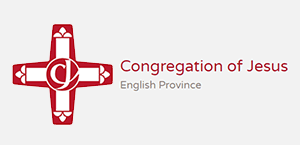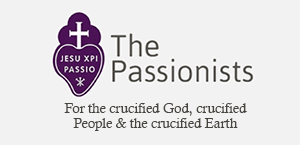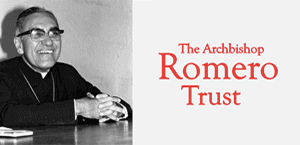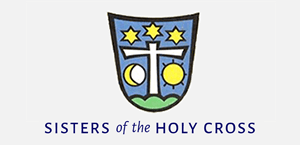Tate Britain - Hogarth and Europe: Uncovering City Life

Hogarth's Marriage A-la-Mode
In this rich and splendidly capacious exhibition, we discover Hogarth the great moralising satirist within a European network of influences.
At a time of burgeoning colonialism and the slave trade, power, and the trinity of gender, race and sexuality, are fascinating focuses of enquiry within his art.
Concerning Catholic and religious references, Hogarth, an artist of Protestant England, imagines a motley soldiery in The March to Finchley. The scene alludes to the many soldiers who assembled at the barrier of Tottenham Court turnpike in late 1745. They had been mustered to defend London from the threat of the 'rebellious' Jacobites - supporters of the exiled Catholic Prince Charles Edward Stuart - marching south from Scotland.
The soldiers are depicted as a loutish mob - drunk, hungover, fighting, or groping women. In contrast, the guardsman in the centre evokes the dignified classical figure of Hercules, choosing between Virtue and Pleasure. Neat ranks of soldiers in the distance also project a patriotic idea of idealised defenders of the United Kingdom and Protestantism.
Hogarth further allegorises English nationalism in the adjoining painting The Gate of Calais. This painting is based on a real event: Hogarth was arrested as a suspected spy in the city in 1748. In the left of the painting, Hogarth casts himself as a sharp-eyed social critic sketching his surroundings. However, the rest of the painting depicts not observed reality but a collection of xenophobic stereotypes. These include weedy, malnourished and exploited French soldiers, exiled Scottish Jacobite rebels, and an overweight friar embodying the bloated Catholic Church. The imported 'Beef of Old England' he salivates over is the polar opposite to the natives' watery French soup. Continuing this satirised Lenten theme of abstinence and superstition, French women discover the face of Christ in the innards of a flat fish. (Such folly is replicated in the 'Madhouse' scene of the Rake's Progress where a religious fanatic's garb and paraphernalia are clearly Catholic.)
Nevertheless, we learn that this seemingly staunch patriotism is a little more complex than it appears. The painterly rendering of the beef is inspired by the still life paintings of the French artist Jean-Siméon Chardin who Hogarth had met in Paris. The recognisable location and framing archway link it with vedute, or city views, made increasingly popular by the Italian landscape artist Canaletto's presence in London. Furthermore, Hogarth's anti-French imagery draws on accounts from the large Huguenot community exiled in London. Hogarth lived and worked closely with many Huguenots, including the Swiss miniaturist André Rouquet. Rouquet's portrait of his friend hangs nearby and in his writing he played an important role in championing Hogarth's art across the Channel.
The works of Chardin and Canaletto are also displayed for comparison and this rich depth of reference is repeated throughout every room of the exhibition.
Hogarth's humour is outrageous and blasphemous in his painting Sir Francis Dashwood at his Devotions. The erstwhile Jacobite Dashwood was an infamous rake and politician, and Hogarth swaps 'saint' (here St Francis of Assisi) for 'sinner' in his depiction of him, clearly in on the joke that such powerful white men flouted conventional morality with impunity.
According to the 1779 book Nocturnal Revels, on the Grand Tour Sir Francis had visited various religious seminaries, 'founded, as it were, in direct contradiction to Nature and Reason; on his return to England, [he] thought that a burlesque Institution in the name of St Francis [his own name of course], would mark the absurdity of such sequestered Societies; and in lieu of the austerities and abstemiousness there practised, substitute convivial gaiety, unrestrained hilarity, and social felicity.'
The first meeting of the socially elite group, known facetiously as the Brotherhood of St Francis of Wycombe, was held at Sir Francis's family home in West Wycombe on Walpurgis Night in 1752. The club subsequently moved its meetings to nearby Medmenham Abbey where members called themselves the Monks of Medmenham. (It would later become synonymous with the Hell-fire Club.) Medmenham Abbey, formerly belonging to the Cistercian order, was beautifully situated on the banks of the Thames in Buckinghamshire. Sir Francis and his twelve 'apostles' had it rebuilt in Gothic revival style. Hogarth may have painted murals for the abbey but none survive.
Over the grand entrance was placed, in stained glass, the bold inscription found on French Renaissance author and priest François Rabelais's free-wheeling, carnivalesque Abbey of Thélème: 'Fay ce que voudras' [Do what you will]. Dashwood acted as a parodic high priest while his 'brethren' called themselves Franciscans, from Dashwood's Christian name, and they amused themselves with parodies of religious rites, orgies of drunkenness and debauchery.
In Dashwood's circle, 'Devotions' were code for sexual conquests. Here, the lubricious and predatory Dashwood contemplates a lily-white nude spread-eagled where St Francis' crucifix would be. The Bible is supplanted by an erotic novel. Dashwood's halo has his chum Lord Sandwich peering down upon the object of devotions with a voyeuristic smirk. Instead of a skull memento mori, there is a carnival mask. A spilled platter of fruit and a branch bearing rosary beads add to the concupiscent symbolism. Cynical innuendo reigns.
The exhibition excels in drawing attention to the abuse of power in terms of gender, class and race - and to Hogarth's generally overlooked complicity with this (for all his satire exposes great examples of social contradictions, of course). His explicitly racist print The Discovery (made it seems for the private amusement of a small group of friends) is given due consideration. We are also directed to consider the embarrassment of riches come directly from colonialism and slavery. Adroit contextualising and a focus on material culture save from oblivion those occluded from official and partial histories. Hogarth's art itself was a material luxury to be snaffled by such slavers as the Williams Atherton and Beckford.
The exhibition, superbly curated by Alice Insley and Martin Myrone, and enriched by an array of artistic and art historian commentators, excels in situating Hogarth's work in a European, colonialist society in flux. It also ensures that it gives due attention to the artist's peerless satirical sequences of 'modern moral subjects' which spoke to contemporaneous urban social types, fashions and preoccupations: Beer Street, Gin Lane, A Harlot's Progress, A Rake's Progress, Marriage A-la-Mode.
Hogarth and Europe: Uncovering City Life is at Tate Britain until 20th March.
See a trailer here: www.youtube.com/watch?v=aFWw22Asxp0&t=28s
For more information and booking details see: www.tate.org.uk/whats-on/tate-britain/hogarth-and-europe









